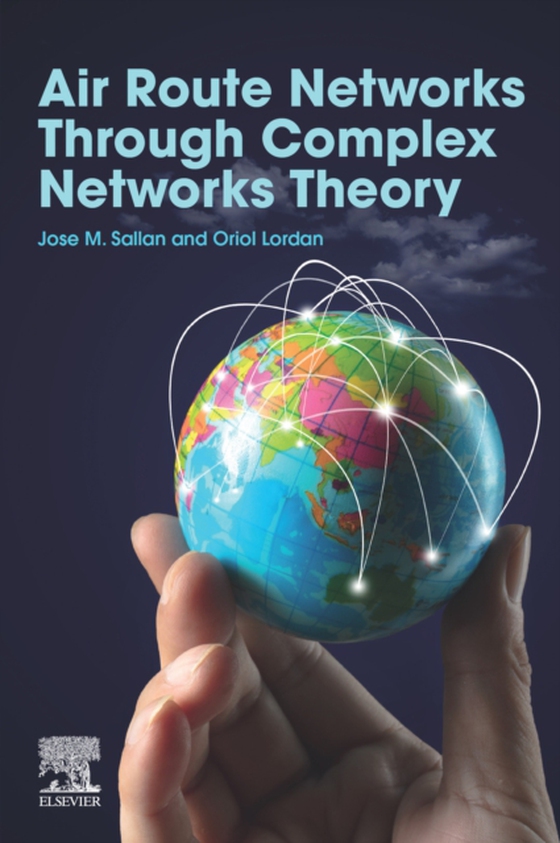
Air Route Networks Through Complex Networks Theory e-bog
1021,49 DKK
(inkl. moms 1276,86 DKK)
Air Route Networks through Complex Networks Theory connects theory research with network connectivity analysis, providing practitioners with the tools they need to develop more efficient, resilient and profitable air route networks. The book helps airline route planners and executives create more robust route networks that are less vulnerable to disruptions, such as node isolation. The book fur...
E-bog
1021,49 DKK
Forlag
Elsevier
Udgivet
6 november 2019
Længde
252 sider
Genrer
Operational research
Sprog
English
Format
epub
Beskyttelse
LCP
ISBN
9780128126660
Air Route Networks through Complex Networks Theory connects theory research with network connectivity analysis, providing practitioners with the tools they need to develop more efficient, resilient and profitable air route networks. The book helps airline route planners and executives create more robust route networks that are less vulnerable to disruptions, such as node isolation. The book further explores errors and attacks in complex networks, strategies for detecting critical nodes and cascading failure models to assess and maximize robustness. The book explains how to measure air route network connectivity with complex network representations. Air transport is among the most dynamic and toughest competition industries in today's global economy. The quality of air route network design is a key strategic factor in an airline's viability. These robust networks provide for more stable and secure carrier operations vs. those based simply on existing supply and demand volumes. Node-specific and network-specific representations are covered, along with in-depth coverage of connectivity in special and temporal networks. These collective tools serve as a guide for practitioners seeking to apply complex network theory to the airline industry. Presents complex networks theory research results applied to airline transportation networks Examines airline network robustness in the face of disruptions, providing strategies for detecting critical nodes of air transport networks Provides historical perspective on the economic, political, technical, and geographical constraints that influence airline route portfolios Connects data from valuable tools, such as navpoints, area control centers (ACC), and flight information centers, with air network modeling Studies spreading-related phenomena, such as rumors, and disease contagions, and how these affect the airline industry
 Dansk
Dansk

